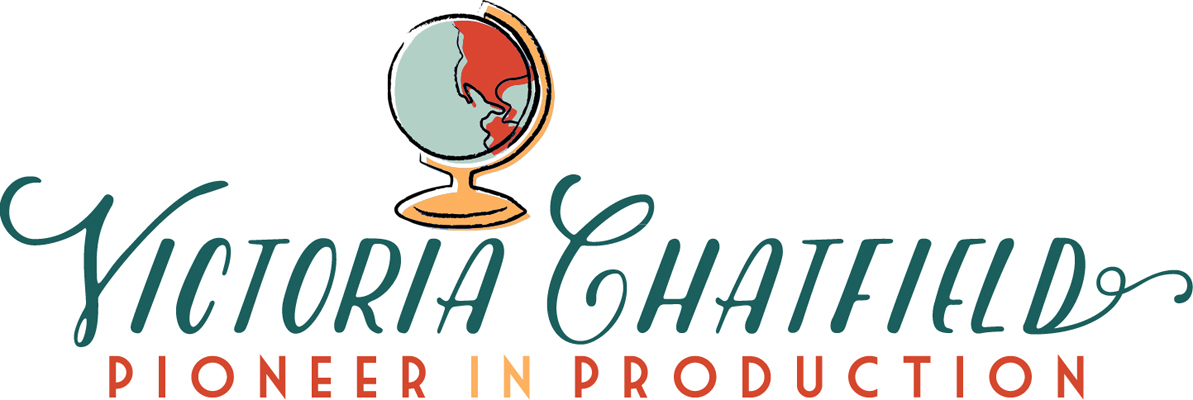When you walk into my classroom, you probably won’t notice me right away. Students are up out of their seats — rummaging around for fabric samples in the design closet, filming video footage in the back hallway, or grabbing the hall pass so that they can submit their purchase orders to the front office. Some of them are congregating at the group-work tables, discussing the timeline for their performance art exhibition, and their team leaders are delegating tasks accordingly. One student asks if he can borrow my cell phone to call a potential recording studio about their EP. He has a question about their hourly rates, and that information will impact their budget. “Sure,” I say, passing over my phone and letting him return to his group to make the call. These are students who can set their own goals, find their own materials, create their own action plans, manage their own teammates, execute their own projects, and critically evaluate the results. I’m there to provide them with feedback and guidance. And to make sure that no one accidentally nicks herself with a box-cutter.
However, reaching this level of student autonomy requires a great deal of instruction beforehand — both in terms of technical and “soft” skills. I believe that the most important mindsets that you can develop in students are curiosity and self-sufficiency. I encourage my students to ask questions about the world around them and then not only to brainstorm possible responses but to transform those ideas into actions. Going out into the world and making a quantifiable difference, not down the road when they’ve become “established” but rather right now, is what I consider the truest measure of student achievement. However, authentic learning that extends beyond the classroom walls comes with some inherent risks. What if my students run out of funding for their podcast? What if not a single festival accepts their documentary? What if they botch a meeting with a gallery owner?
I believe that students need to start tackling these everyday problems early in their educational careers. They need to learn how to fail forward — to take ownership of their mistakes and learn from them. And then we need to encourage our students to go out and fail again. As Forbes attested: “Great innovation, like great people, typically is not born; it is the result of trial and error.” Encouraging students to fail forward teaches them how to tackle new challenges without fear of “being wrong” or “making a mistake,” mindsets which all-too-often stifle ingenuity. However, our society rarely talks about the thousands of failures and rejections that led up to an engineer’s or a scientist’s or an author’s prolific success. (For me, one of the most powerful documents ever published online was Monica Byrne’s Anti-Resumé, which listed all of her rejections from publishers, conferences, graduate schools, fellowships, and residencies. The rejection rate for this award-winning novelist? 97%.) This lack of transparency can make failure seem frightening, especially for adolescents who frequently struggle with self-esteem. We need to ensure that students view our classrooms as safe spaces where they won’t be judged by their failures but rather praised for their courage.
I also believe in multicultural and international education. As Hamlet once said, “There are more things in heaven and earth, Horatio, than are dreamt of in your philosophy.” Many of our students live in isolated communities; their neighbors and classmates look like them, speak like them, and (for the most part) think like them. However, in a rapidly globalizing society, our students need to stretch outside of their of their comfort zones and grapple with divergent cultures and conflicting perspectives. For this reason, I’m a supporter of curricula like the International Baccalaureate, as well as extracurricular programs that encourage student travel (both nationally and internationally) and cross-cultural exchanges. At my previous school, I helped facilitate our annual seventh grade trip to New Orleans where students learned about the ecological and sociological impact of Hurricane Katrina, in addition to volunteering with relief organizations in the Third Ward.
I’m a major advocate of cross-curricular planning. I often worked with our school’s core academic teachers to develop “stimulus projects.” Sixth graders reading The Odyssey and studying Ancient Greek civilization created tableaux/soundscapes based on Greek mythology; fifth graders learning about gravitational forces developed movement works where they “walked” on various planets. These types of projects reinforced content from other subject areas, especially for kinesthetic learners, while also providing an outlet for creative expression. I’m a strong believer that, in order to ensure that every student masters the necessary content, teachers need to work together — both within their own department and across departments. In the past, my students have come from a wide variety of backgrounds, which makes this kind of collaborative planning even more imperative. I have experience designing curricula for gifted/talented classes, special education classes (with both learning and behavioral disabilities), and English language learners. (Last year, I received the Voya Unsung Heroes Award, given for excellence and innovation in curriculum planning.)
At first glance, my classroom may appear different than many other teachers. There are no desks in a row; there are few raised hands. It’s more of a creative studio, a refuge for makers and thinkers and dreamers, than anything else. But my goal as an arts educator isn’t just to produce the annual school musical; my goal is to inspire my students to change the world — and then teach them how to do it.
Subscribe to:
Posts (Atom)






No comments